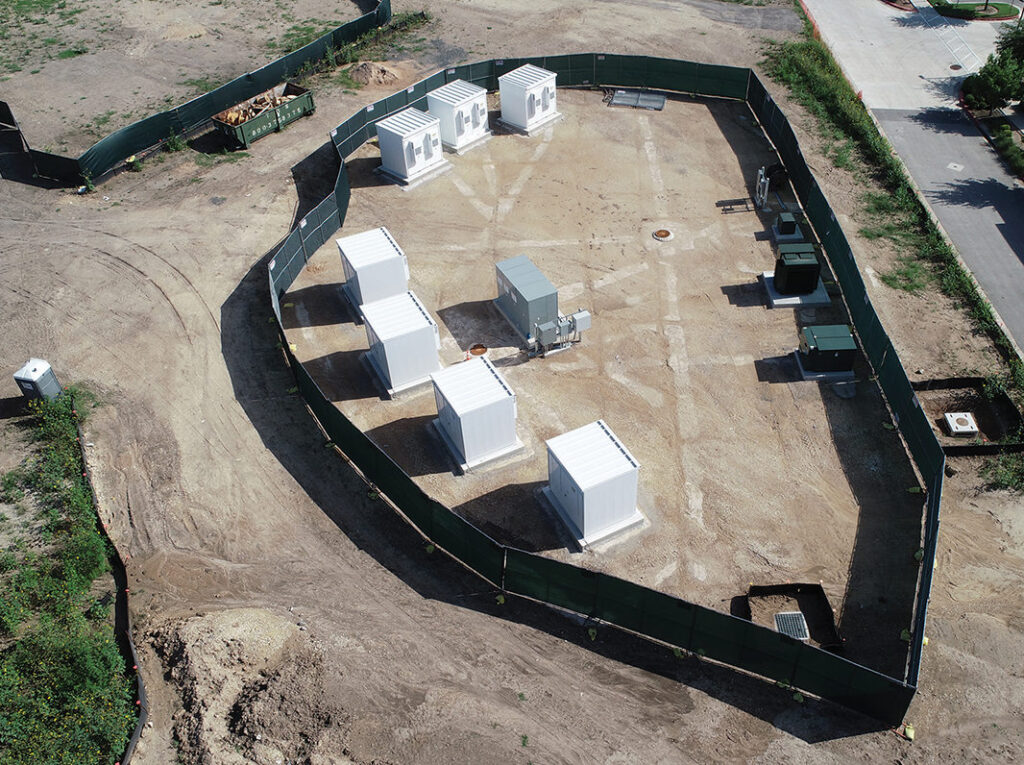Next Steps Toward a Next-Gen Advanced Analytics Infrastructure

Won’t next-generation advanced analytics infrastructure have to be at least as reliable as the grid it will be supporting?
What advanced analytics infrastructure will be required to enable reliable, full-scale deployments of Distributed Energy Resources (DERs) in the future? One can get some indications regarding key improvement areas for a future advanced analytics infrastructure by reviewing findings from a PG&E report on Distributed Demand-Side Strategies & Technologies.
PG&E recently released its final report on its project to determine the ability of behind-the-meter (BTM) energy storage to support DERs and distribution system reliability. The report included some advanced analytics-related challenges to be addressed on the path to full-scale BTM energy storage deployments.
Highlights of PG&E Report
The study, part of California’s Electric Program Investment Charge (EPIC) program, provides findings for PG&E’s Customer-Sited and Community Behind-the-Meter Storage project. As part of its Electric Program Investment Charge (EPIC) program, on February 19, 2018 PG&E finalized its report on its demonstration project. This crucial work by PG&E’s Grid Integration & Innovation department was done on a distribution feeder located in San Jose, CA. In the report PG&E affirms that it plans “to continue to champion this effort.”
Quoting from the report, the goals and summary findings of the project were as follows.
Goals of Project:
- Evaluate the technical ability of BTM energy storage to reduce peak loading or absorb distributed generation on utility distribution feeder(s), with sufficient reliability for distribution grid operations.
- Clarify storage technology and process requirements to integrate and interoperate DERs to address grid needs, and characterize barriers to deployment at scale relative to today.
- Demonstrate and evaluate communications available to provide DER visibility, monitoring, and control in order to address grid needs reliably today.
- Evaluate the ability of BTM energy storage to simultaneously provide services to a utility and the on-site customer, correctly prioritizing distribution services.
Summary Findings:
While there were challenges in customer acquisition, asset deployment, asset communications, flexibility forecasting, and dispatch algorithm development, the demonstration and field test results showed that aggregated BTM storage resources have the potential to be utilized by the utility to reduce electric load or to absorb distributed generation on a utility distribution feeder.
The Pacific Gas and Electric report is available at this link: EPIC Project Final Draft Report, Enable Distributed Demand-Side Strategies & Technologies – Customer Sited and Behind-the-Meter Storage 2-19-2018.
Will Advanced Analytics Infrastructure Become a “Grid of the Grid” in the Future?
Looking beyond PG&E’s report, criticality of overarching advanced analytics infrastructure and processes comes to the fore, in parallel with technical milestones associated with specific deployments. Processes and standards required to build out advanced analytics capabilities in support of wide-scale DER deployments must reach from the utility side of the meter to the customer side, given the need to “negotiate” with devices situated in residential, commercial, or industrial locations.
The automated grid-optimizing output of future advanced analytics tools will only be as up-to-date and reliable as its underlying real-time data. And the data will only be as reliable and up-to-date as the end-point devices and intervening communications infrastructure delivering it.
It begins to look like the grid of the future will itself be underpinned by a communications and control infrastructure for the associated advanced analytics. Skillsets akin to or beyond the current skillsets needed to ensure grid reliability, will have to be applied to this “grid of the grid,” to minimize costs and optimize related O&M processes.
How is your utility addressing such reliability and O&M issues for its advanced analytics solutions of the future? We would welcome your comments and questions.





